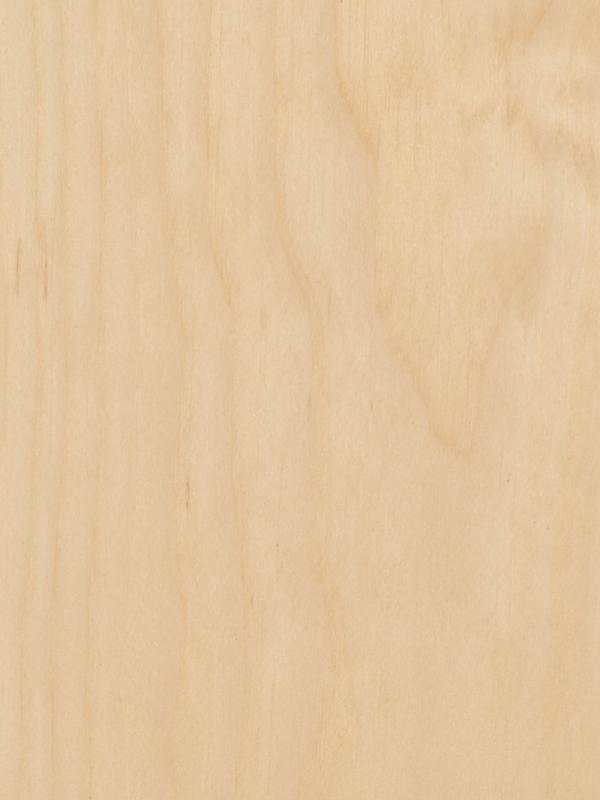
Family: Pine. Pinaceae.
Latin Name: Pinus Strobus.
Origin: Native to the Northeastern United States and Canada.
Common Names: Eastern White Pine.
The Tree (characteristics): The EWP tree can grow to heights of 150 feet tall with a trunk that can be 2 to 4 feet in diameter. On the young trees, the bark remains thin, smooth, and greenish-brown in color while the older trees become deeply fissured and dark grayish brown in color. The needles of the EWP are soft and flexible and grow in clusters of 5. They appear blue-green in color and the cones can be 4 to 8 inches in length and 1 inch thick. They remain attached for several months after they ripen.
Appearance of Wood: EWP has a straight grain with a medium texture. The wood often features dark knots due to branches that grow down the entire length of the trunk. EWP when fresh is very light in color, however, once the wood is dry it will appear light brown with a reddish hue at times. Heartwood is light brown with a reddish hue, sapwood is a pale yellow to nearly white in color. Generally, both types of wood will darken with age.
Density: EWP is a very soft wood and is considered one of the weaker native softwoods. Average reported specific gravity ranges from .34 to .40 with an average dried weight of 25 pounds per cubic foot. Janka Hardness is 380 pounds of force.
Drying and Shrinkage: EWP is considered one of the most stable woods available in North America. EWP dries quickly with little warping or checking. The drying process should be controlled carefully due to color concerns. Oxidized chemicals in the wood may turn the wood dark brown if it is dried too slowly. Average reported shrinkage values are 2.1% radial, 6.1% tangential, 8.2% volumetric.
Working Properties: EWP machines well due to its uniform texture and low density. It is one of the easiest woods to glue and tends to be very forgiving if surfaces are not perfect. EWP works well with either hand or machine tools.
Durability: EWP is only moderately rot-resistant although it is considered quite strong according to its weight making it a popular choice for construction projects.
Uses: EWP is commonly used as construction lumber in the United States. It can be used to build boxes and crates, interior millwork, carving, and boat building.
Availability: EWP is widely available.